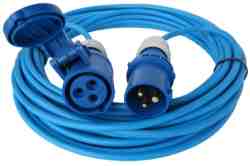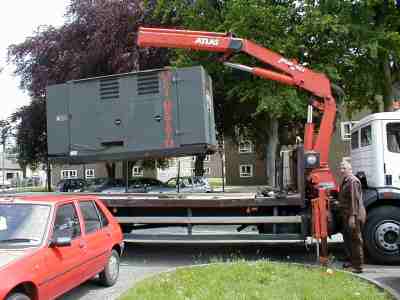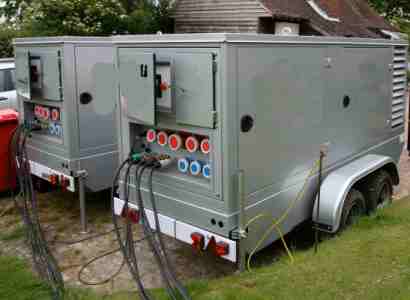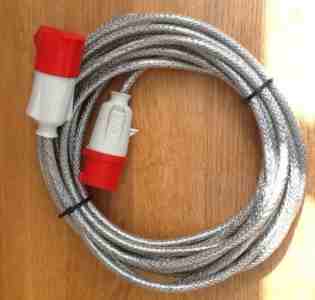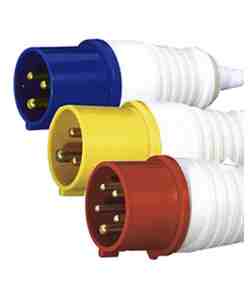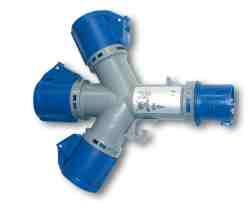|
In a normal building an electrician would install a system including a consumer unit with several circuits providing power to lights sockets and other equipment.
However it is not practical to have an electrician wire an event and a normal electrical installation has no protection for the ingress of water.
For this reason purpose built distribution equipment is normally used which can be plugged together to provide an electrical supply to an event. The person with overall control of any entertainment activity (for example, event manager, producer etc) should appoint a ‘person responsible’ who will manage and taking responsibility for the safe use of electricity on that event or production. This ‘person responsible’ should have the knowledge, experience and competence to carry out this duty for the temporary electrical systems of the complexity that will be involved. However depending on the nature of your event and the power required, it may be prudent to have an ECA (Electrical Contractors Association) qualified professional design and install your equipment for you.
|
